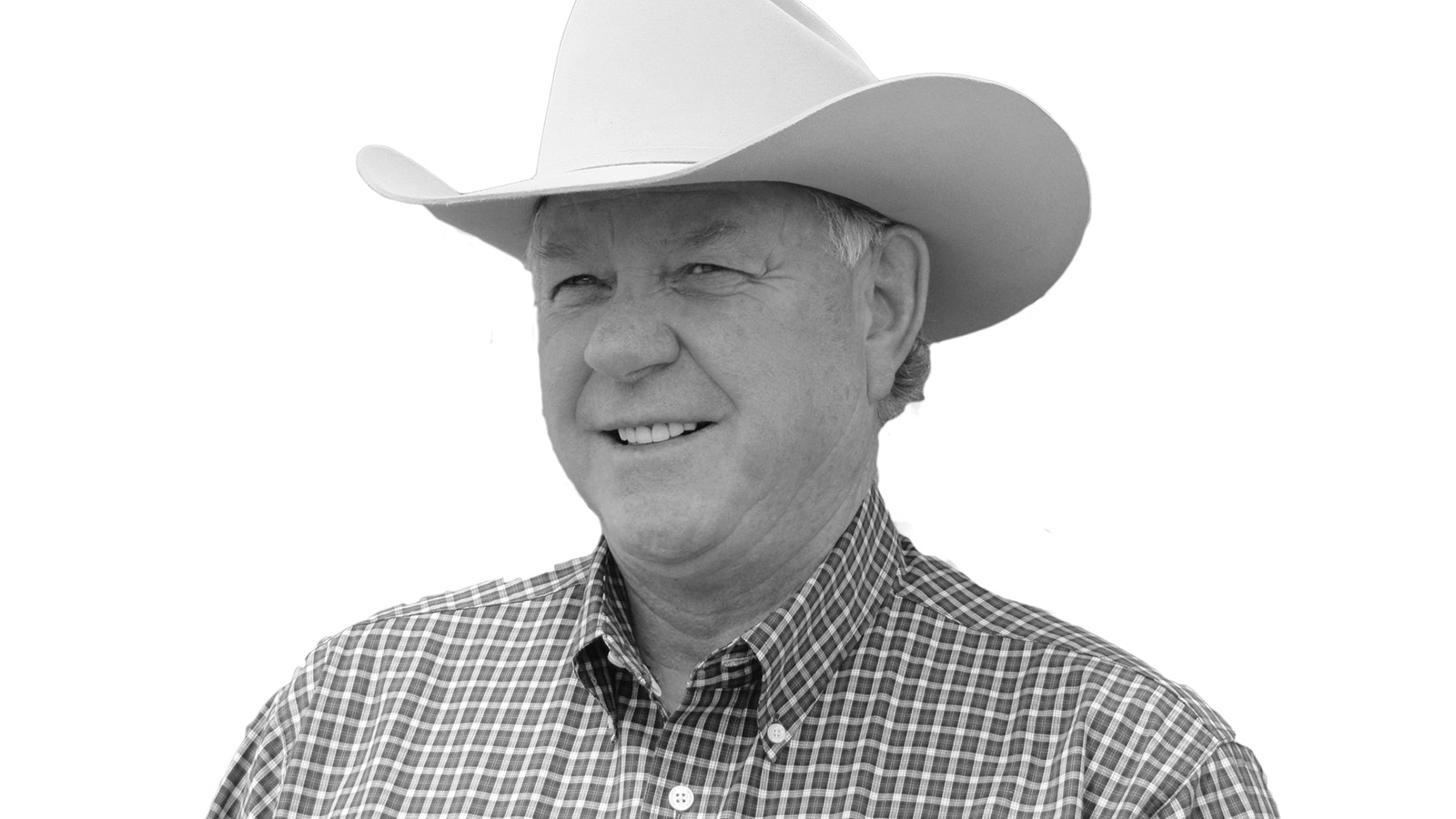Despite the rising price of beef, consumers have not backed away from purchasing it. I believe the main reason for this is because of the high quality of beef products on grocery store shelves.
The movement for better-quality beef started around 20 years ago. At the time, I don’t think anyone had any notion of the current quality of beef and record-high prices.
A number of years ago, seedstock producers had identified different genetic traits in their bulls. Back then, it was a way to inform and make it easier for livestock producers to select bulls, mainly on birth weights of the bulls’ offspring.
It was a great tool for producers to use as many other traits were developed. Then, seedstock producers started to ultrasound bulls’ rib loin for size and marbling, which in turn produced a higher-quality beef carcass. This genetic trait gave consumers just what they wanted – a tender, flavorful steak or other cut of beef that tasted great.
These improved carcasses produced more meat of the upper-Choice and Prime quality, which in turn made cattle producers, feeders and processors more money, along with the restaurant trade.
No one figured what would happen when high-quality beef would be in short supply because the world’s growing population wanted and could afford beef.
Last year, the retail beef price was nearly $8.25 per pound which was a new record, all while gaining a higher market share.
During the last five years, beef spending growth outpaced the consumer price index by 2.7 percent annually. Despite some worries consumers may switch to cheaper meats or grain proteins, U.S. beef keeps gaining traction in the marketplace.
When one figures the higher quality of beef today, beef’s current price levels don’t seem so bad. Consumers are still getting their money’s worth.
The beef carcass is also producing higher-quality byproducts. The U.S. Department of Agriculture’s Agricultural Marketing Service reports the average 1,400-pound steer produces around $161.42 worth of byproducts. This may not sound like a lot to some consumers, but considering the U.S. processes around 600,000 cattle every week, it begins to add up.
Consumers are now realizing beef tallow is a healthier cooking oil than seed oil. It is also being used in facial and body creams.
Cattle hides are still in demand and make up a large volume business in many countries. A good hide from the aforementioned 1,400-pound steer is worth around $25.04.
Since the U.S. doesn’t tan many hides, it exports a large number of hides. In 2024, the U.S. exported $1.75 billion of hides.
China has the largest hide importing and leather producing market in the world. From the light leather of sheep and goats to heavy leather from horses, cattle and water buffalo, China tanners produce close to four billion square feet of leather per year. This is more than double the production of second-place Brazil. Italy, South Korea and Mexico follow on the list.
It would take another column to list all of the byproducts coming from a beef carcass and what it takes to tan a hide.
The early weeks of February showed cattle prices dropping, but now prices are rising somewhat. With no signs of cattle numbers rising, beef prices are still staying high.
Dennis Sun is the publisher of the Wyoming Livestock Roundup, a weekly agriculture newspaper available online and in print.





